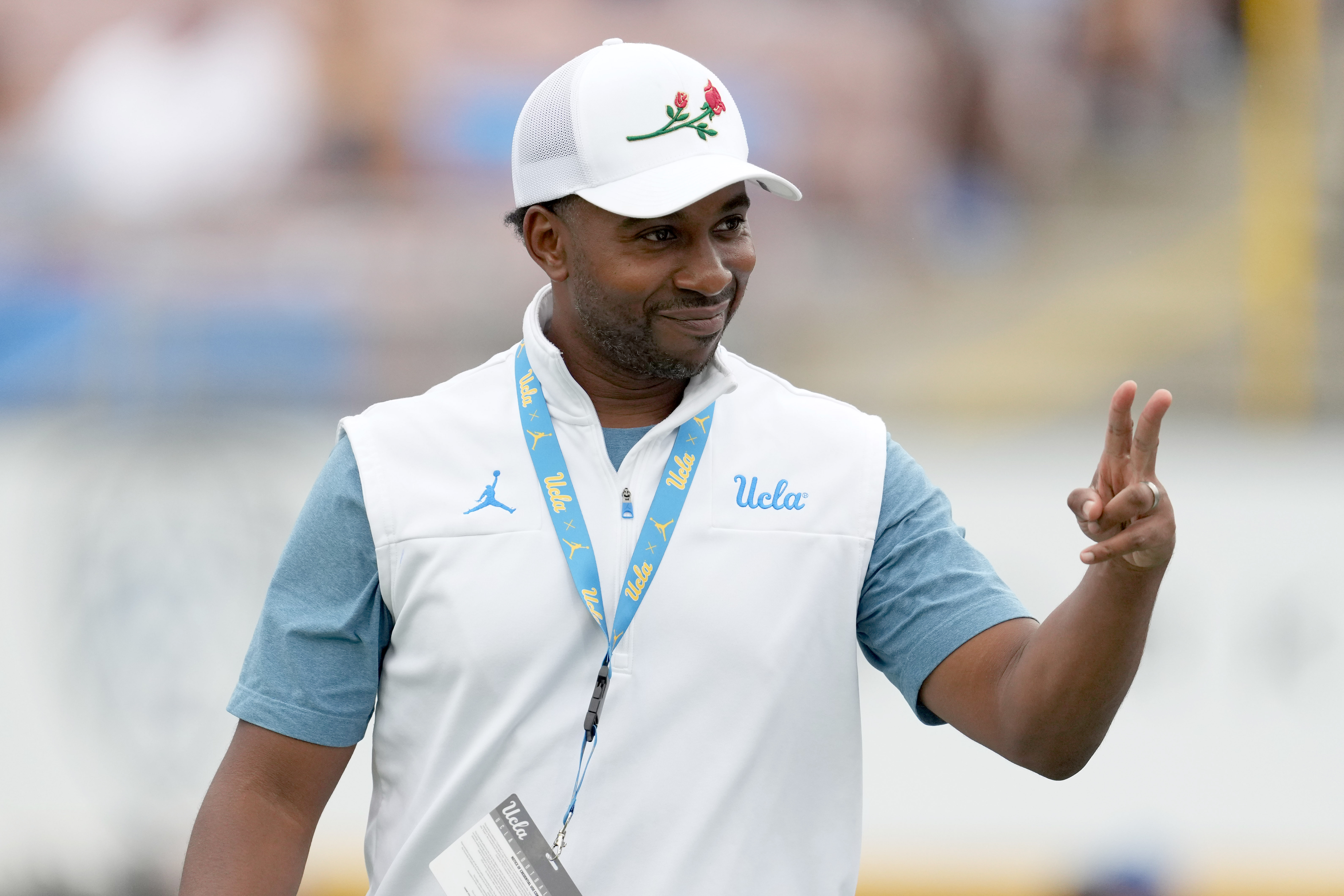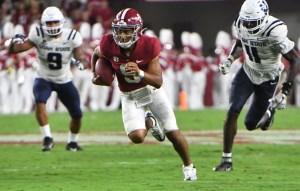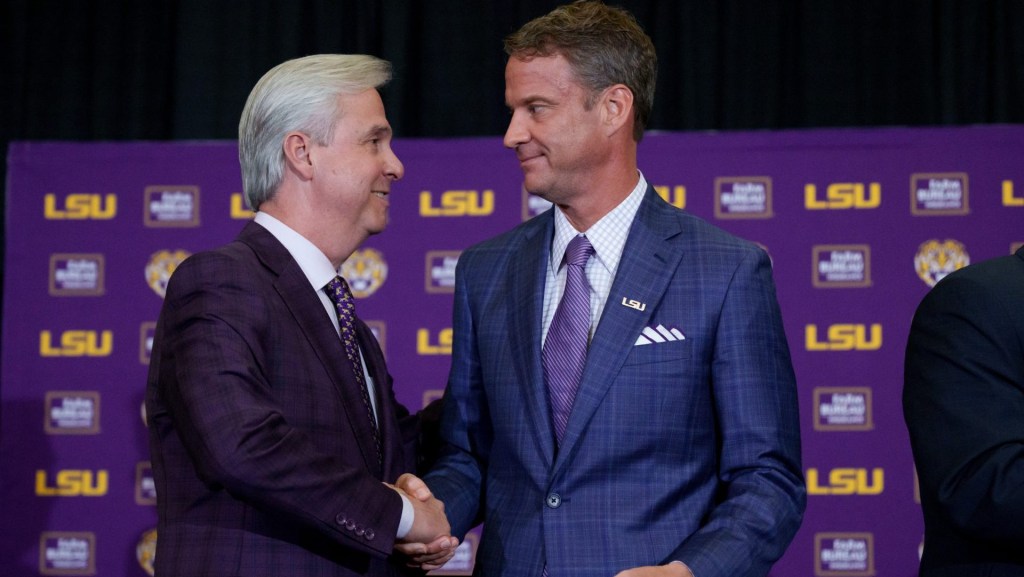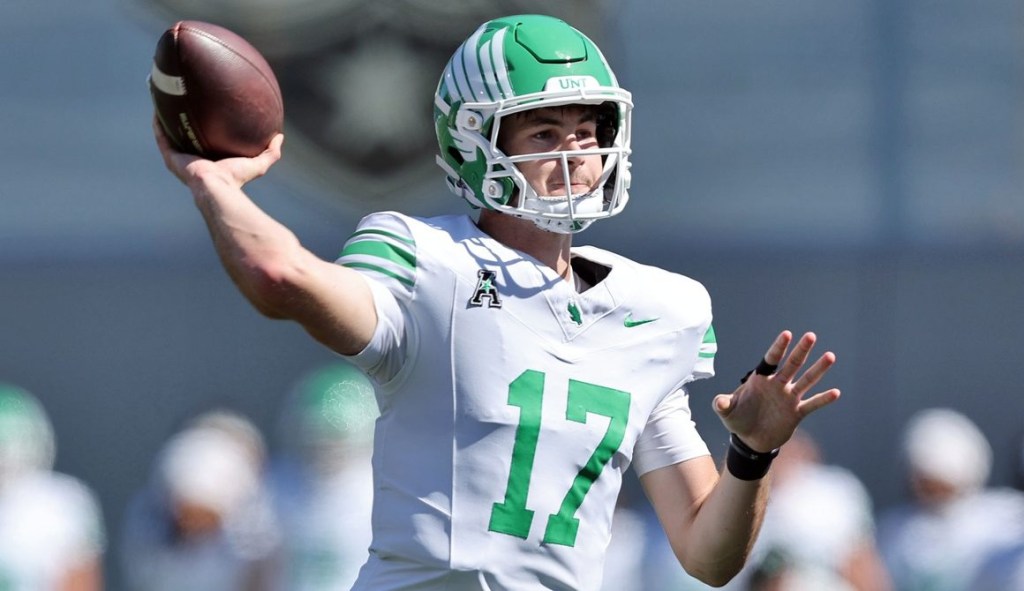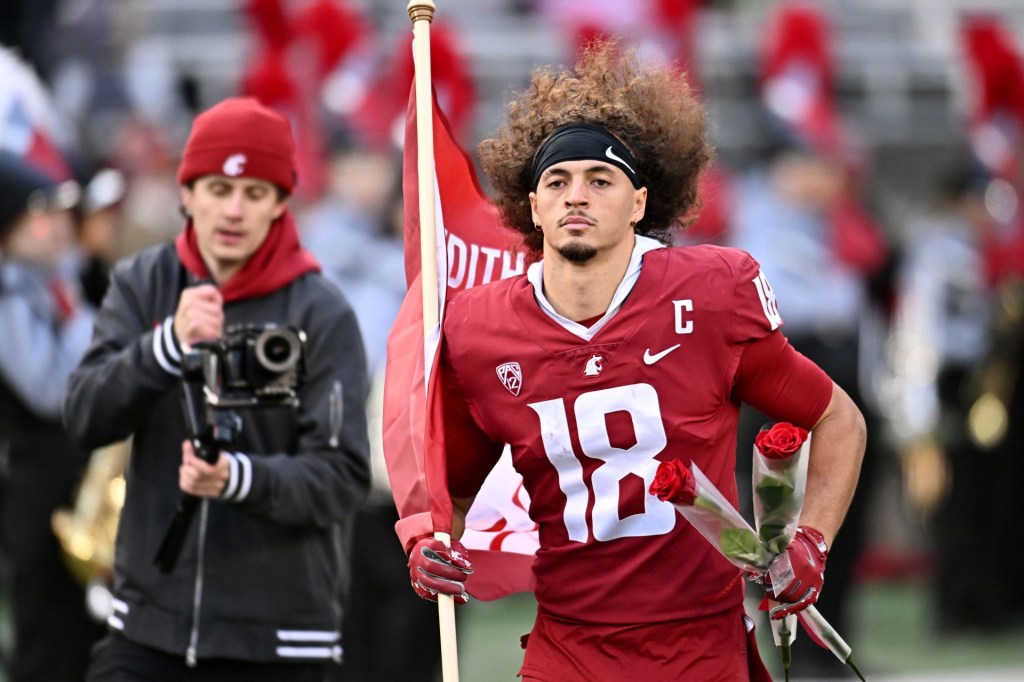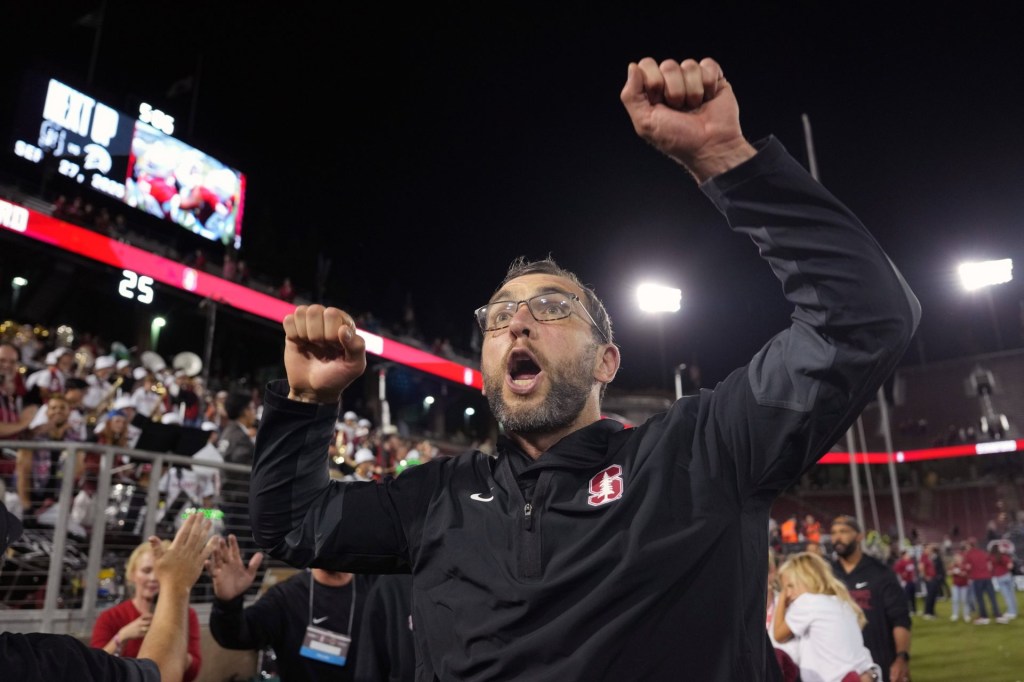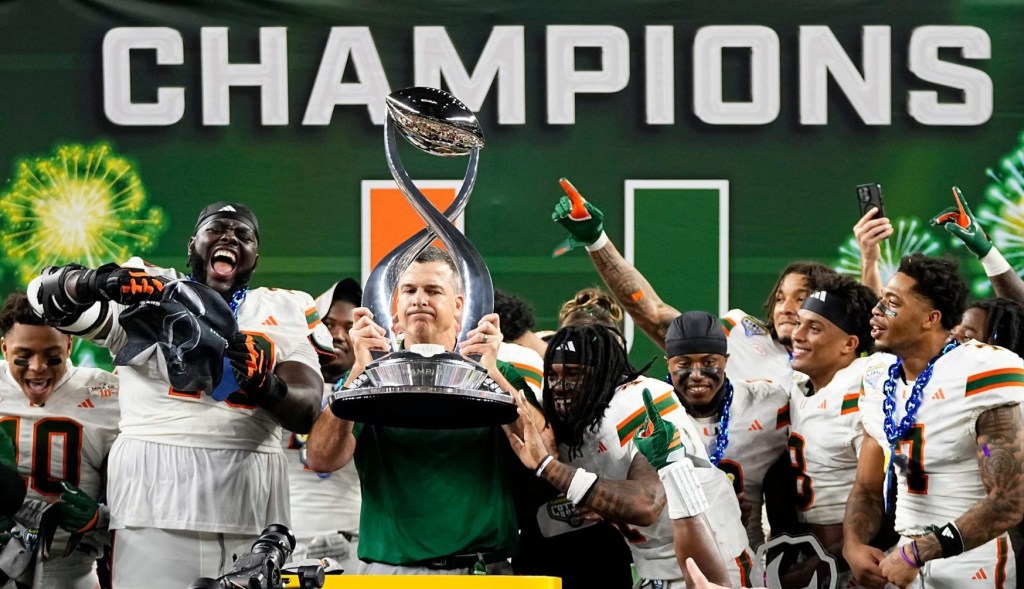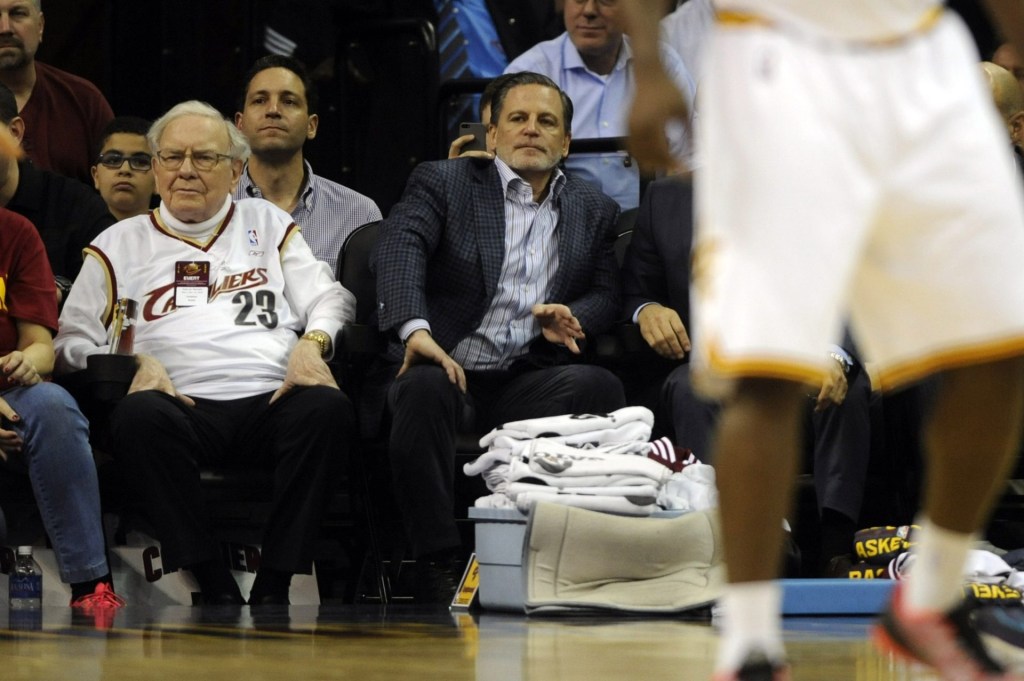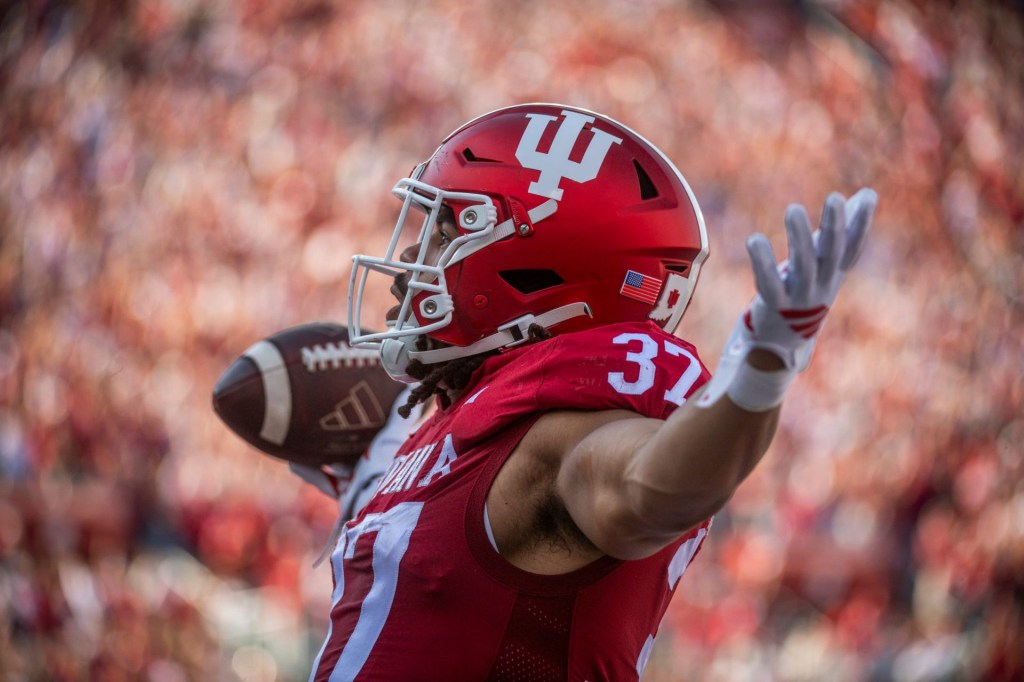Leading up to the second national signing day of the name, image, and likeness era, it was clear that NIL would play a role in recruiting — even if the size of that role was undetermined.
Whether or not schools offered recruits and transfers specific deals, they wanted to demonstrate they were pro-NIL, and were actively looking to increase their programs’ resources.
This year, athletic department officials were allowed to utilize a new strategy to do so: asking donors to contribute to NIL collectives.
The trend is all thanks to a few lines tucked into NCAA guidance released in October, which clarified the relationship between athletic departments and local collectives.
- The NCAA’s NIL “clarifications” stated department officials could request that donors give to collectives as long as they didn’t specify a specific team or athlete.
- They can facilitate meetings between donors and collectives.
- Collectives can tap the athletic department for resources like tickets and autographed items. Officials can make in-person appearances, too.
Since last year, coaches like Alabama’s Nick Saban have been hinting at the importance of NIL in general — even suggesting how much money a collective would need to be effective. But now, anyone in the athletic department can directly request money be funneled to specific NIL entities.
Athletic directors in particular have capitalized on the new opportunity.
In mid-November, for example, Rutgers athletic director Patrick Hobbs released a letter to the Scarlet Knights community encouraging them to work with two collectives: The Knights of the Raritan and The Knight Society.
“Together we are writing the next great chapter,” he wrote. “I know you want to support our Scarlet Knights in any way you can.” Hobbs added the Rutgers compliance team could serve as a resource for donors and businesses to engage legally.
Just one day before national signing day, UCLA athletic director Martin Jarmond posted a letter encouraging the community to help with NIL opportunities along with details on the different organizations, marketplaces, and collectives that he endorsed.
“For UCLA to continue to hold its spot amongst the nation’s elite, we, too, must evolve in how we support our student-athletes,” Jarmond wrote.
The trend is likely to continue as collectives only become more prevalent on college campuses, from Power 5 programs to mid-majors.
After all, athletic department officials are used to attending fundraising events and asking fans and alumni to send gifts to their programs. NIL is just the newest category of fundraising needed.
